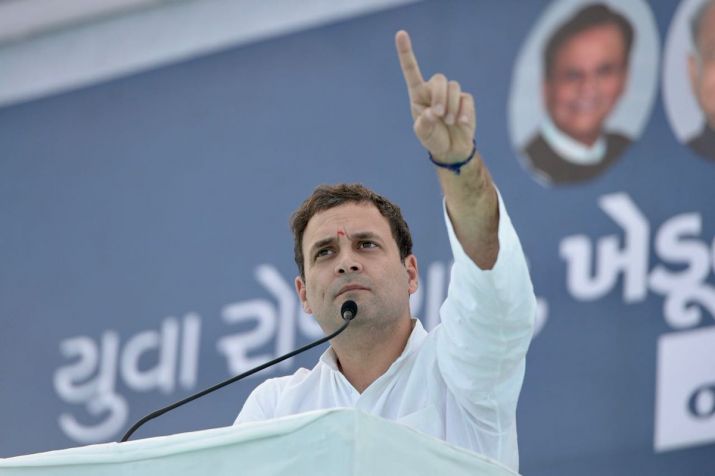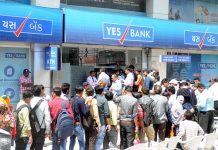Services at several state-owned banks got affected on October 22 as two employee unions decided to observe nation-wide strike to protest against bank mergers and fall in deposit rates. All India Bank Employees’ Association (AIBEA) and Bank Employees Federation of India (BEFI) have called for the strike to protest against the recently announced mega merger of public sector banks by Finance Minister Nirmala Sitharaman in August this year.AIBEA and BEFI have called for the strike from 6 am on Tuesday till 6 am on Wednesday. The unions said that they were opposed to the outsourcing of regular banking jobs and privatisation of the banking industry. They called for an increase in recruitment of clerical and sub-staff and stringent steps to recover the mounting of bad loans.
However, the officers and private sector banks are not part of the strike call given by the All India Bank Employees Association (AIBEA) and Bank Employees Federation of India (BEFI).
Most of the banks, including the country’s largest lender State Bank of India (SBI), has already informed customers about the strike and its impact .The strike was organised after the meeting held before Chief Labour Commissioner between representatives of Indian Banks’ Association and unions failed to reach common ground.
In the absence of any positive outcome in the meeting called by Chief Labour Commissioner, the unions decided to go ahead with the strike, AIBEA General Secretary C H Vekatachalam said.
Last month, officers’ unions had called a two-day all India bank strike on September 26 and 27, which was later withdrawn following the government’s intervention.All India Bank Employees’ Association and Bank Employees Federation of India which are backing the strike, apparently, represent almost 50 per cent of about 800 thousand public sector bank employees in the country.
In August, Finance Minister Nirmala Sitharaman had announced the government’s decision to merge 10 state-owned banks to create four large entities or lenders.
The logic behind this move, the government argued, is that rather than having several of its own banks competing for the same pie (in terms of deposits or loans) in the same narrow geographies, leading to each one incurring costs, it would make sense to have large-sized banks. It has also been argued that such an entity will then be able to respond better to emerging market trends or shifts and compete more with private banks.
The Finance Minister said that the proposed big banks would be able to compete globally and improve their operational efficiency once they lower their cost of lending and improve lending. But according to global statistics, none of India’s banks including the largest, SBI, figures in the list of the top 50 global banks. Therefore the move is seen only as a desperate measure by the government.
The mergers, may benefit government budgeting in a way, but unions argue they may set many difficulties for the employees in the future. The employees doubt a smooth integration of operations especially with the prospect of resistance from staff and unions in the entities being merged. They argue, there will be issues like cultural fit, redeployment of staff, and fewer career opportunities for many in a merged entity.
Another concern raised is the deterioration of services and disruption in the near term as the merger process gets under way. It could also reflect in fewer options for customers; an easing of the personal touch which many of the midsize and smaller banks have. The swelling of combined bad loans with some of these mergers is certainly going to pose several challenges before the Indian banking sector.














